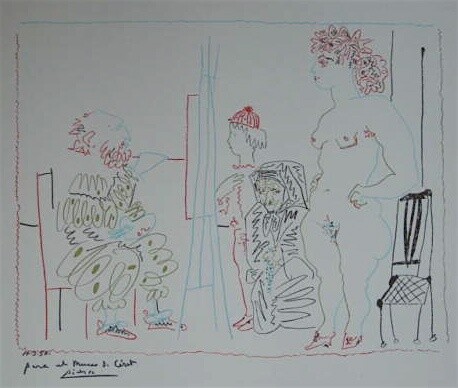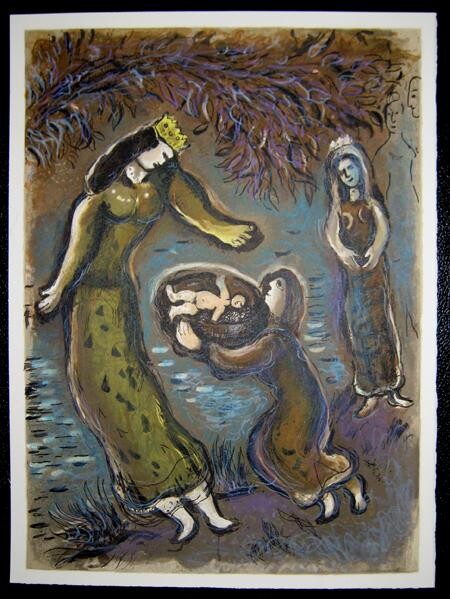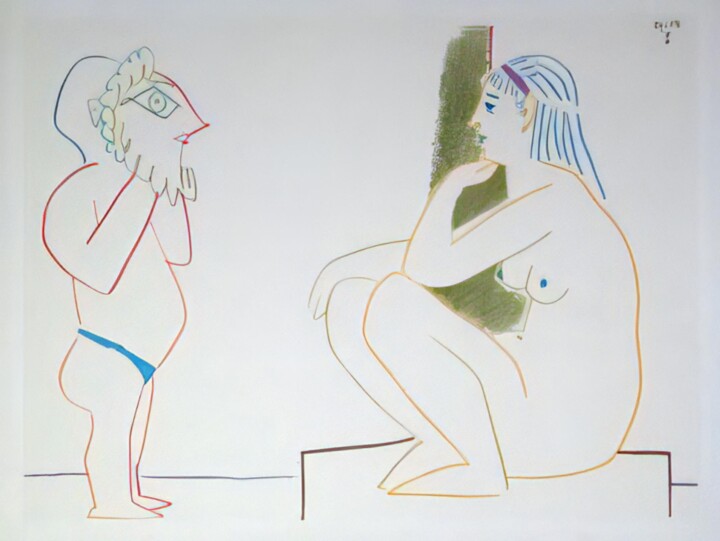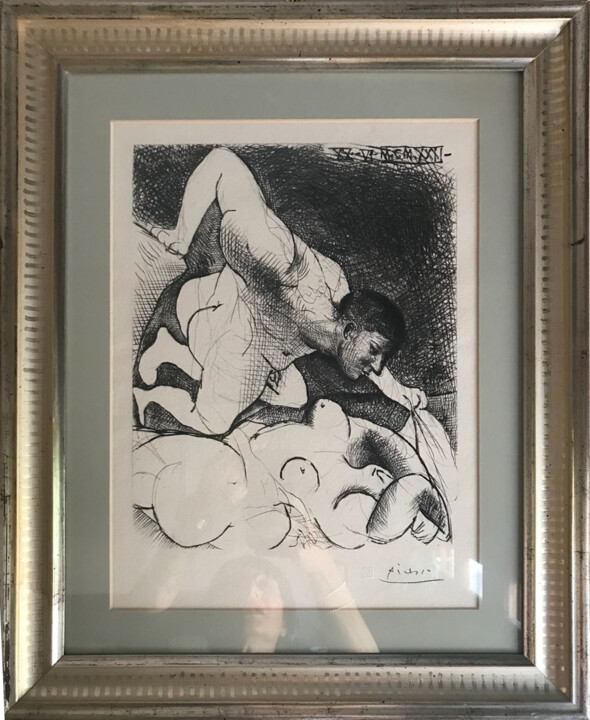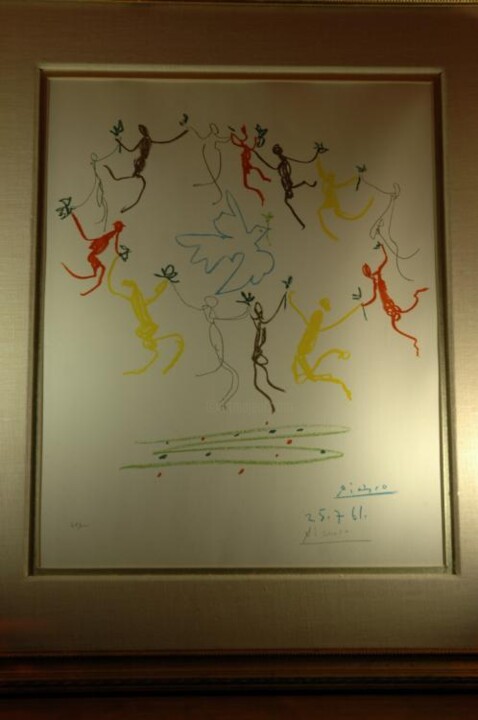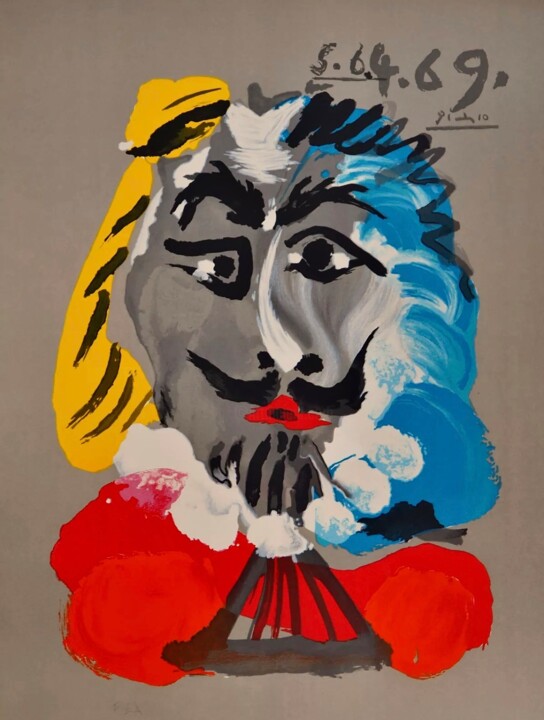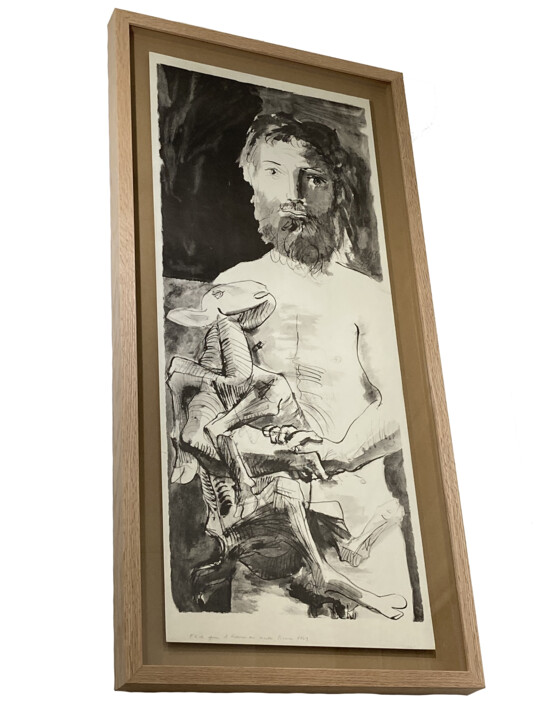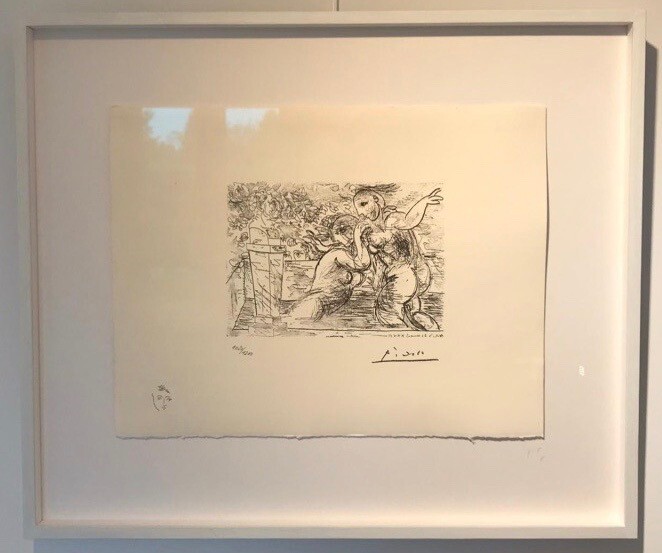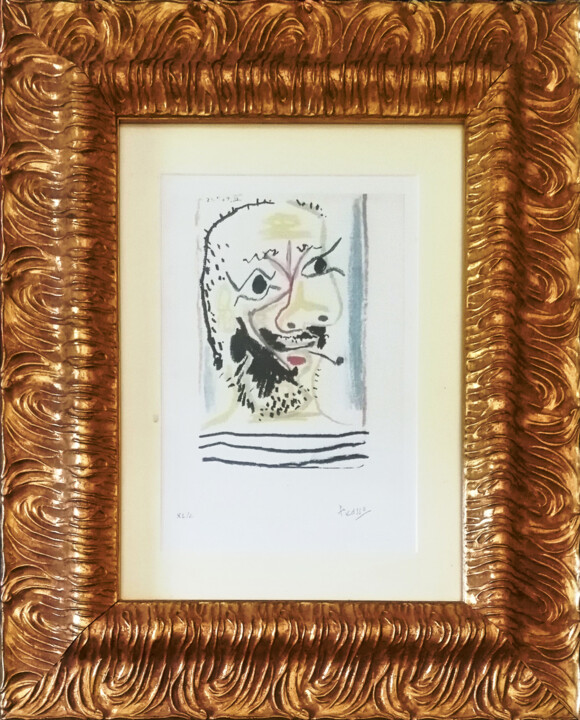"Guernica," a renowned artwork that vividly and poignantly portrays the horrors of the Spanish Civil War, was acquired by the Spanish Republic in 1937. However, during World War II, at the artist's request, the painting remained housed at the Museum of Modern Art in New York. It wasn't until 1981 that "Guernica" returned to Spain, finding its place at the Prado Museum until 1992 when it was eventually relocated to the Reina Sofía Museum.
Right from the outset, there existed a prohibition on capturing the painting through photographic means. The purpose was evident: to safeguard "Guernica" from potential damage caused by camera flashes and to provide an authentic visitor experience devoid of distractions from devices and raised arms. This policy garnered support from some quarters but drew criticism from others who viewed it as overly restrictive and, perhaps, out of touch with the times.
It's precisely this latter aspect that motivated museum leadership to rescind the ban. The notion was that permitting photography, and consequently, sharing those images, would not only appeal to a younger audience but also encourage broader public engagement.
Interesting facts:
During the previous summer, Mick Jagger, the lead singer of the Rolling Stones, had an exclusive opportunity to privately observe the artwork "Guernica" when the museum was not open to the public. During this occasion, he was granted permission to capture a photograph of the masterpiece.
For many years, the topic of photography by visitors has sparked intense discussions. There are those who argue that such photography has the potential to harm artworks lacking proper protection and that it cannot replace the genuine firsthand experience of appreciating these artworks.

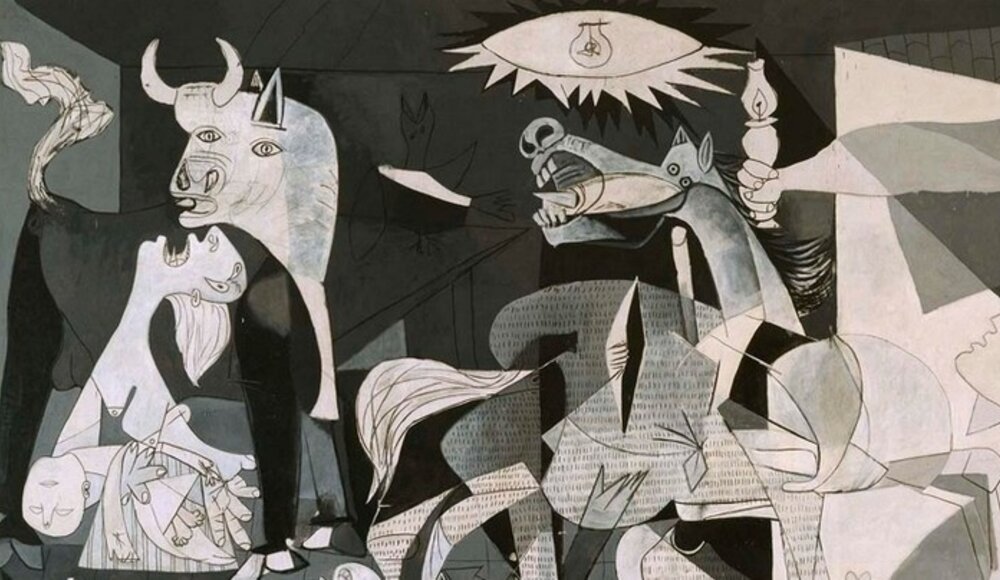
 Selena Mattei
Selena Mattei



